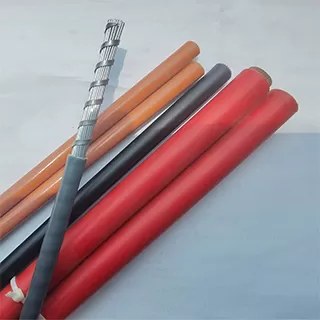
The Unsung Hero: Automotive Conduit Sleeves for Cable Protection
In the intricate world of automotive engineering, reliable and precise control cable operation is paramount. This is where the often-overlooked conduit, also known as a conduit sleeve or housing, plays a critical role.
Essentially, an automotive conduit is a protective outer sleeve that encases and guides an inner control cable (like a throttle, clutch, or gearshift cable), forming a complete assembly often referred to as a Bowden cable. Its function is vital:
Protection: The conduit acts as a robust barrier, shielding the inner cable from harsh environments. It guards against abrasion from rubbing against other components, protects from road debris, water, salt, dirt, and chemical contaminants that could cause wear or corrosion.
Routing and Guidance: It provides a fixed, smooth pathway for the inner cable to move longitudinally within, ensuring precise transmission of force or movement from the control (e.g., pedal, lever) to the actuated component (e.g., throttle body, clutch mechanism).
Containment: The conduit contains lubrication applied to the inner cable, maintaining smooth operation and preventing dirt ingress.
Protection from Heat: In engine compartments, conduits (often made of heat-resistant materials) shield cables from excessive engine heat that could degrade the cable or its lubrication.
Safety: By preventing cable fraying or snapping due to environmental damage, conduits contribute to the overall safety and reliability of the vehicle's control systems.
Conduits are typically manufactured from durable materials like:
Steel: Often used for high-stress applications (e.g., parking brakes), usually coiled for flexibility and covered in PVC for protection.
Nylon / Plastic: Common for many throttle, hood release, and transmission cables, offering good flexibility and corrosion resistance.
PTFE (Teflon): Used inside some conduits as a low-friction liner for smoother cable movement.
